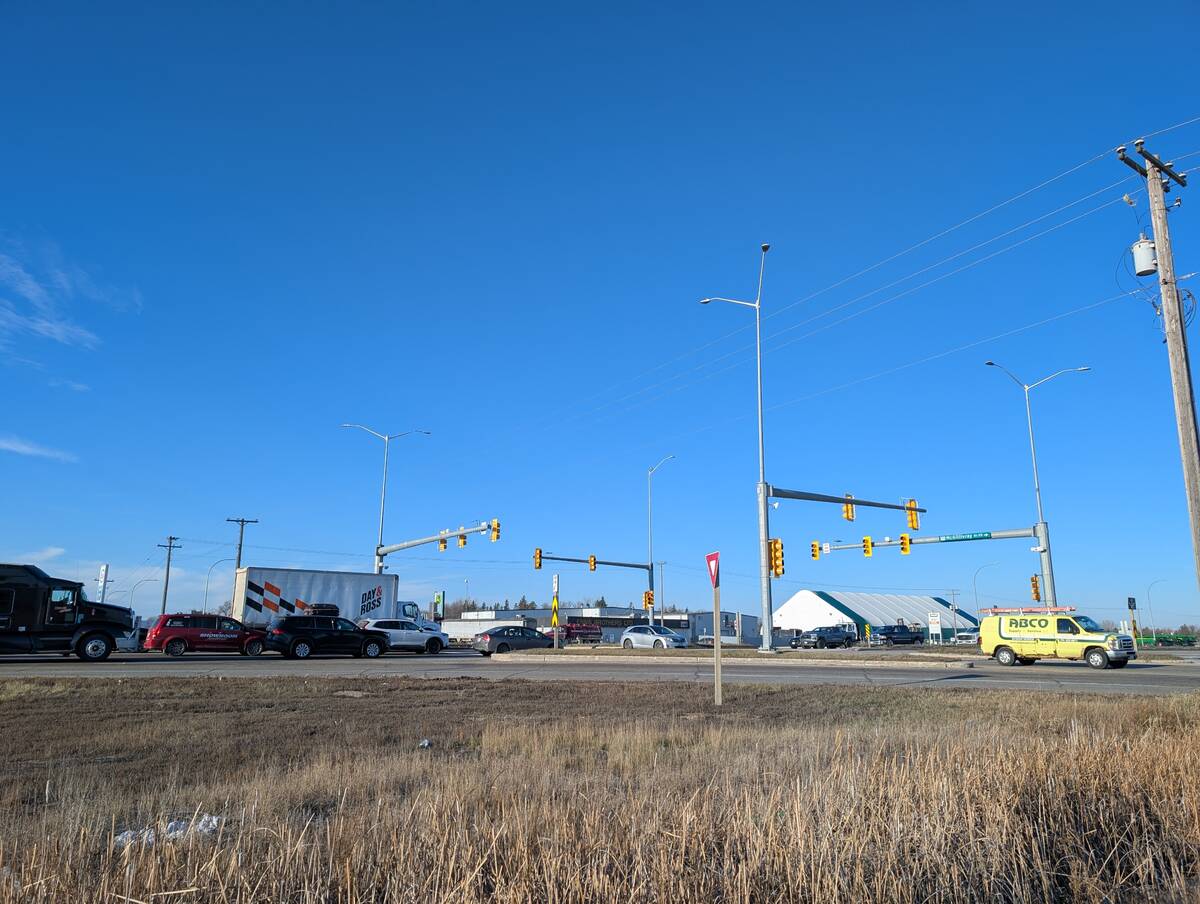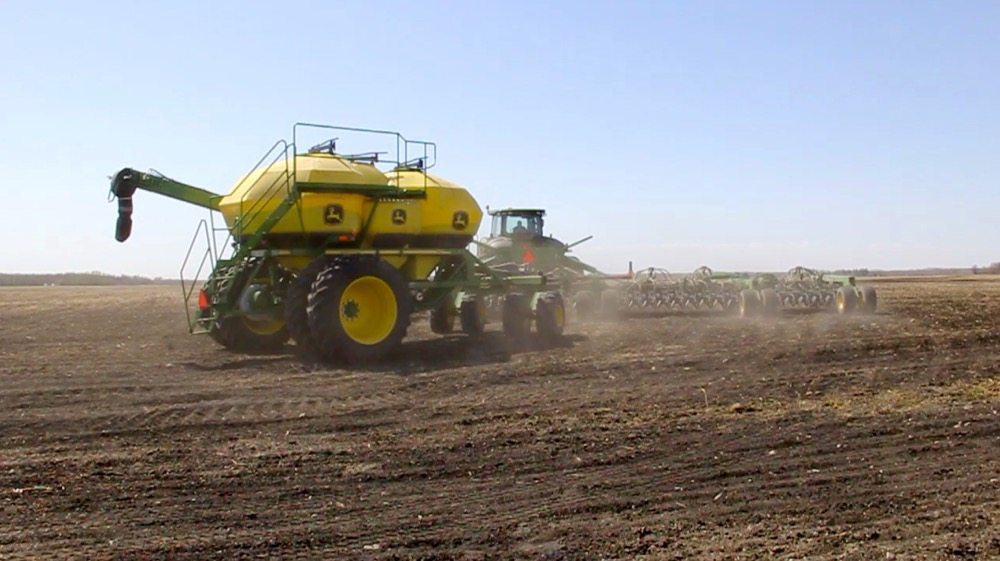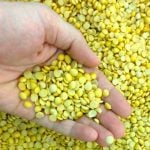I’m not one who normally likes snakes. They don’t exactly scare me, but I admit that I’ve been known to shriek if startled by one slithering past in the grass. But last spring my husband and I visited the Narcisse Snake Pits, in Manitoba’s Interlake region, about 130 km north of Winnipeg, and it’s certainly a visit I’d recommend. You can see more snakes in this one place than anywhere else. Estimates say there may be more than 100,000 wintering there!
The whole Inwood/Narcisse area is famous for having the largest concentration of red-sided garter snakes in the world, and spring is the best time to visit. That’s when the snakes — one of seven distinct subspecies of the common garter snake — emerge from underground dens where they have spent the winter hibernating. The males usually appear first, and then wait for the females. Sunny days are best to visit, for the snakes lie on rocks to warm up. Then the males gather in mating “balls” around the female snakes, which are considerably larger than the males. They form a squirming mass of perhaps 100 snakes. Once the mating is complete the snakes head off for the summer, and tracking devices have shown some as far as 20 km away. (They can also be viewed on warm, sunny days in September as they return to the dens. The numbers are still impressive, but not as spectacular as in spring.)
Read Also

Manitoba farmers uneasy on expropriation
Farmland expropriation for Oak Bluff highway project brings process, farmer compensation concerns back to the fore.
The limestone rock in the Narcisse region provides numerous underground chambers where the snakes gather to hibernate. Some snake dens (or hibernacula) are believed to contain up to 10,000 garter snakes each winter. As I learned from on-site naturalists, the four dens that were developed for visitors to view the snakes are only a small part of the hibernating holes. The whole region is swarming.
If you arrive from the south via highways No. 7 and No. 17, stop first at the village of Inwood for a photo of the statue of Sam and Sara Garter Snake. It’s located on the northeast part of the village, but is easy to miss, so watch for it. When we stopped, I was startled by snakes around the statue’s base, as I hadn’t realized before that the snakes were all through the area.
From Inwood, drive north past the village of Narcisse, and then about six km farther. Just look for the large entrance sign. As you near the dens, you’ll notice a series of mesh “fences,” about 30 cm high. These are designed to keep migrating snakes off the highway and guide them through culverts instead, though some still die on the road.
Interpretative signs direct you to the trails that lead through grassland and forest to the four dens. The total distance is about three km if you walk to all four, but shortcuts are available. Shorter routes lead to the first couple of pits, and this section of the trail is wheelchair accessible. Rest areas are provided along the way, with picnic tables and primitive washrooms at the entrance. Take water when you visit, as the water from on-site pumps is not drinkable.
As you approach each den, listen for the sound of snakes slithering through the grass — and be careful where you step. Visitors can watch the snakes in action from viewing platforms at each den site, but access to the dens is prohibited. However, snakes do make their way across the platforms, so if you want to pick one up for a closer look, it’s allowed, if a staff member is there to show you how to handle it properly — since the snakes are fragile and can bite.
The day we visited, Pit No. 2 was the most active — a mass of squirming snakes — while Pit No. 4 was flooded, due to the wet spring. But this may vary from day to day, depending on weather and other conditions. The previous day Pit No. 1 had been most active. The prime time to visit is usually the first couple of weeks in May, often around Mother’s Day, but check on the Internet. This year’s early spring might result in an earlier migration. Try to choose a sunny day to visit.
Scientists and tourists from around the world visit the Narcisse Pits. While we were there, a school group from Carman arrived, as well as tourists from Australia and France. A film crew from the Discovery Channel was also there, filming this unique place.
We certainly enjoyed our visit to see the snakes. And, no, I didn’t pick one up, but my husband and many other visitors did — and I did touch one!
Follow the links for information and a virtual tour of the pits at: http://www.naturenorth.com/spring/creature/garter/Narcisse_Snake_Dens.html.














